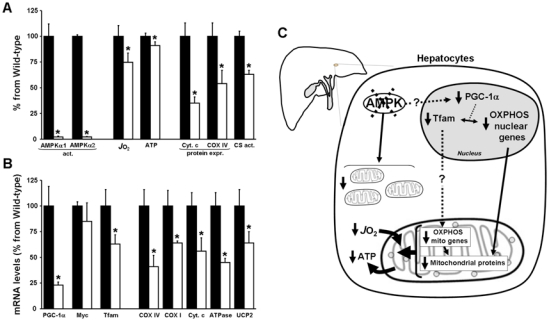Figure 1. Alterations in mitochondrial biogenesis in hepatocytes from AMPKα1α2LS−/− mice.

(A) Hepatocytes from wild-type (black bars) or AMPKα1α2LS−/− mice (open bars) were isolated and AMPKα1 and α2 activities, oxygen consumption rate (JO2), intracellular ATP concentrations, cytochrome c (Cyt. C) and cytochrome oxidase (COX IV) contents, and citrate synthase activity (CS) were measured. (B) In separate experiments, RNA was extracted from freeze-clamped livers of wild-type (black bars) and AMPKα1α2LS−/− (open bars) mice starved for 24h and quantitative real-time PCR was performed on cDNA. The mRNA contents for the indicated gene were normalized for β-actin and expressed relative to that in wild-type mice. (C) The results of all experiments indicating that AMPK is an important regulator of mitochondrial biogenesis in the liver are summarized in a simplified scheme. Deletion of AMPK • subunits in hepatocytes leads to reduced mitochondrial biogenesis as suggested by decreased transcript and protein expression of key mitochondrial constituents such as peroxisome proliferator-activated receptor-γ coactivator-1 α (PGC-1α) and mitochondrial transcription factor A (Tfam) which control the expression of nuclear and mitochondrial genes involved in mitochondrial oxidative phosphorylation (OXPHOS). Accordingly, mitochondrial respiration and basal level of ATP were significantly decreased. These data emphasize the importance of AMPK in the control of adaptive mitochondrial function. *p<0.05 compared with wild-type mice.
